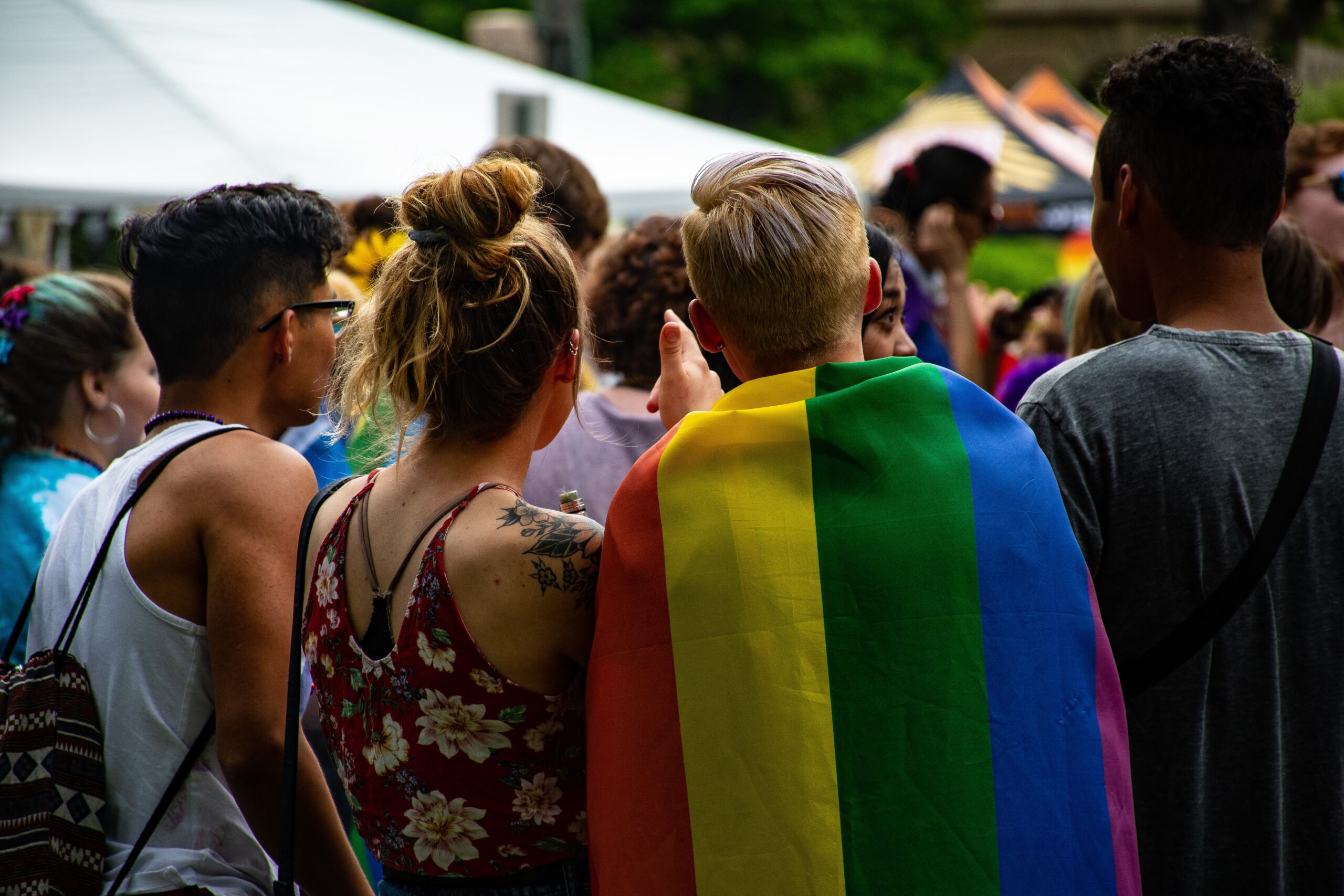LGBTQ+ youth are significantly more likely than their cisgender-heterosexual peers to experience homelessness at some point in their lifetime. Some queer youth may leave home or be kicked out due to their parents’ reaction to them coming out. Most LGBTQ+ youth, however, become homeless due, not to the immediate aftermath of coming out, but to fraying familial relationships over time. Because of these declining relationships, when they face financial hardships in their young adulthood, they can’t count on their family to support them. Many queer youth and young adults experiencing homelessness have been in the foster care system at some point where they experienced unsafe and non-affirming atmospheres due to their queerness.

(Photo by Brett Sayles)
LGBTQ+ Youth Face Disproportionate Homelessness Rates Compared to Cisgender-Heterosexual Peers
- 4.2 million minors experience homelessness each year. 700,000 of them are unaccompanied by family members.
- Up to 40% of homeless youth identify as LGBTQ+
- 40%-80% of homeless LGBTQ+ youth experiences suicidal ideation in the last year
- 23%-67% of homeless LGBTQ+ youth have made at least one suicide attempt
- Youth who are black and LGBTQ+ reported the highest rates of homelessness (16%)
- 8.8% of LGBTQ+ youth who had experienced homelessness reported leaving home due to mistreatment or fear of mistreatment due to LGBTQ+ identity
- 14% of LGBTQ+ youth who had experienced homelessness reported being kicked out
- 5.6% of LGBTQ+ youth who had experienced homelessness reported being kicked out due to their LGBTQ+ identity
- Most LGBTQ+ youth become homeless due to familial instability and frying relationships over time
- Youth may be less willing to receive help from a system (shelter, foster care) depending on if they feel the space is safe and affirming for their LGBTQ+ identity. Homophobia and service workers’ lack of queer cultural competence prevent adults from being able to recognize discrimination against LGBTQ+ youth.
Actions to support LGBTQ+ youth and young adults should include:
- Improving LGBTQ+ cultural competency at shelters and in the foster care system
- Creating more programs for children aging out of foster care systems
- Facilitate strong anti-discrimination and anti-bullying programs in schools
- Creating school programs to support LGBTQ+ youth and help them stay connected to trustworthy adults
- Increase funds for low-barrier housing programs
To address this issue, various organizations and initiatives work to provide support, resources, and safe spaces for LGBTQ+ youth experiencing homelessness. These efforts aim to combat the root causes of LGBTQ+ youth homelessness and offer them the necessary assistance and opportunities for stable housing.
To learn more about the issue of LGBTQ youth homelessness, please click the following link to download the full report: LGBTQ+ Individuals Experiencing Homelessness
About the Author:






